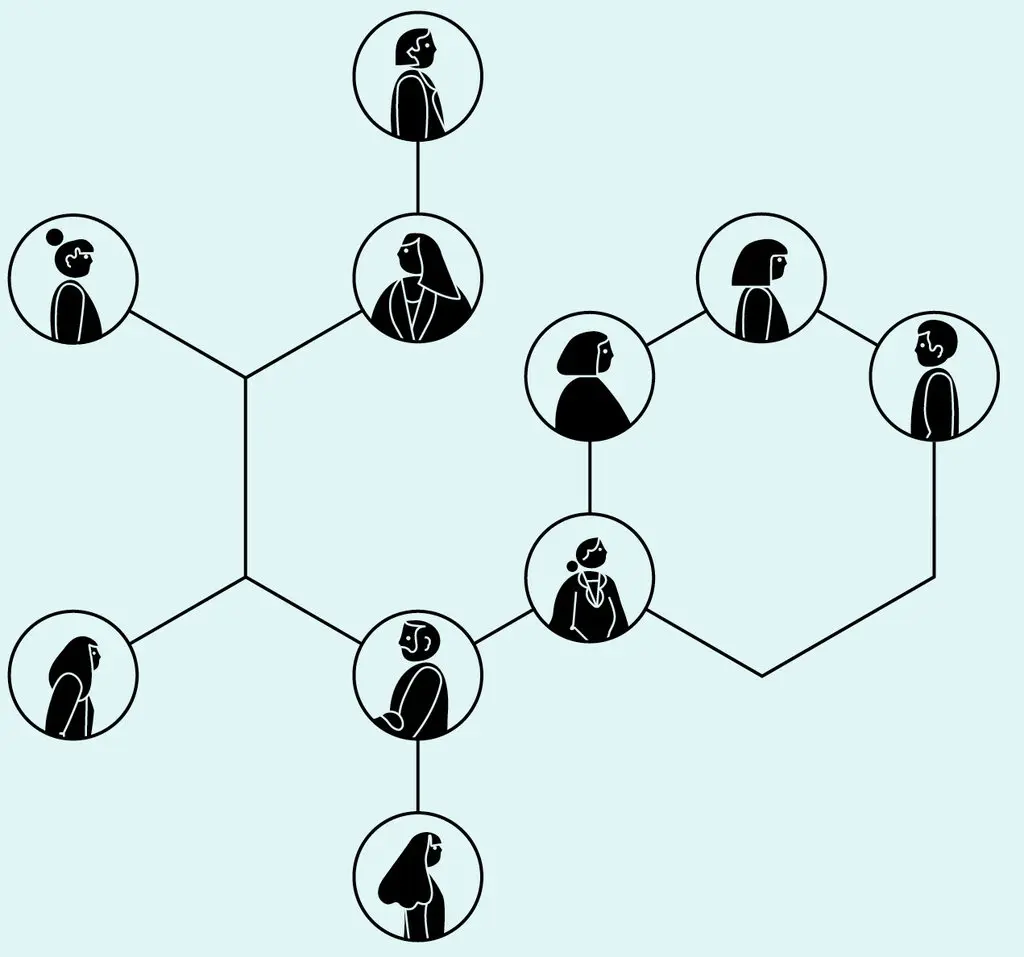In the rapidly evolving business landscape, the Renaissance of employee engagement stands as a guiding light for organizations navigating the transformative Age of AI. This resurgence underscores the paramount importance of rediscovering the Human Element within the digital realm. As artificial intelligence takes center stage, it becomes imperative for businesses to strike a harmonious balance between technological advancements and the essence of human connection. The synergy between AI and human engagement not only enhances productivity and innovation but also reshapes traditional workplace dynamics.
The Renaissance of Employee Engagement: Rediscovering the Human Element in the Age of AI
-
December 20, 2023
- Author: AceNgage

Balancing Act: AI and Human Connectivity
The integration of artificial intelligence requires a delicate balancing act between technological prowess and the human touch. A study by McKinsey & Company found that companies with a combination of human and artificial intelligence outperform their peers in terms of profit and value creation. This emphasizes the need for organizations to recognize the symbiotic relationship between AI and human connectivity.
Real-Life Case Study: Google’s Project Aristotle
Google’s Project Aristotle sought to understand the dynamics of effective teams within the company. The study found that the most successful teams were those with high levels of psychological safety, where team members felt comfortable taking risks and expressing their opinions. This underscores the importance of human connectivity in fostering collaboration, a lesson that transcends the digital landscape.

Revolutionizing Workplace Dynamics:
In the wake of the AI revolution, organizations are redefining traditional workplace dynamics. The focus has shifted towards creating a collaborative environment where employees actively contribute to the technological landscape rather than being passive observers. Microsoft’s adoption of AI-driven collaboration tools exemplifies this shift, empowering employees to collaborate seamlessly across geographies and disciplines.
The Human Element: Catalyst for Employee Satisfaction
Employee engagement extends beyond task fulfillment; it encapsulates the emotional and intellectual investment of individuals in their work. A Gallup poll revealed that engaged employees are 21% more productive than their disengaged counterparts. This emotional connection acts as a catalyst, propelling job satisfaction and, consequently, organizational success.
Leadership in the Age of Empathy
Leadership in the Age of AI demands a profound understanding of the human psyche. Empathetic leaders pave the way for enhanced employee engagement by acknowledging and valuing the unique contributions of each team member. Salesforce CEO Marc Benioff’s emphasis on creating a culture of equality and trust exemplifies how empathetic leadership aligns with the Human Element in the digital age.
“The most valuable resource that any company has is its human resource. In the Age of AI, blending technology with the human touch is not just a choice but a necessity.”
– John Doe, CEO of Tech Innovators Inc.
Strategies for Augmented Engagement:
Personalization is a strategic move to amplify employee engagement. Tailoring training programs, recognition efforts, and career paths to individual needs fosters a sense of belonging and purpose. Amazon’s use of AI algorithms to personalize employee training and development programs showcases the power of customization in enhancing engagement.
Technology as an Enabler, Not a Replacement:
Contrary to fears of technology replacing human jobs, the Renaissance of employee engagement emphasizes technology as an enabler. AI should be harnessed to automate mundane tasks, allowing employees to focus on tasks that require a human touch. According to a World Economic Forum report, automation is expected to create more jobs than it displaces, highlighting the role of AI as a complement to human efforts.
The Road Ahead: Fostering a Future-Ready Workforce:
Continuous learning becomes a cornerstone for a future-ready workforce as AI evolves. Organizations that invest in upskilling and reskilling initiatives empower employees to adapt to the dynamic technological landscape. IBM’s SkillsBuild Reignite program, designed to reskill individuals for the digital era, exemplifies a proactive approach to building a future-ready workforce.
Building a Culture of Recognition:
A culture of recognition goes hand-in-hand with employee engagement. Acknowledging and celebrating individual and team achievements create a positive work environment, driving motivation and loyalty. According to a Gallup study, employees who feel recognized are more likely to stay with their organization, reducing turnover costs.
Data and Statistics:
According to a McKinsey Global Institute report, by 2030, AI could contribute $13 trillion to the global economy, making it crucial for businesses to harness its potential while preserving the Human Element.
A survey by Deloitte found that 94% of executives believe that a distinct organizational culture is essential for business success. This underscores the significance of fostering a positive workplace culture to drive employee engagement.
Conclusion
In the Renaissance of employee engagement, the Human Element emerges as the bridge between the digital and human realms. Striking this balance propels organizations into a future where AI complements, rather than overshadows, the invaluable contributions of the workforce. As we navigate the intricacies of the Age of AI, let the resurgence of employee engagement be the compass guiding us towards a harmonious and prosperous future.
